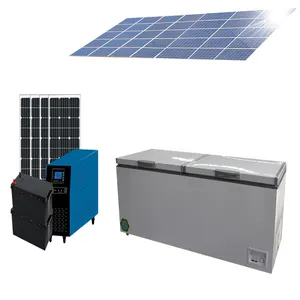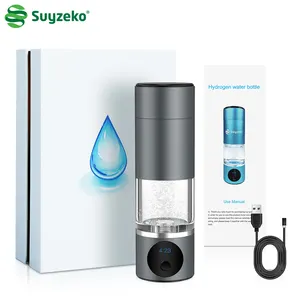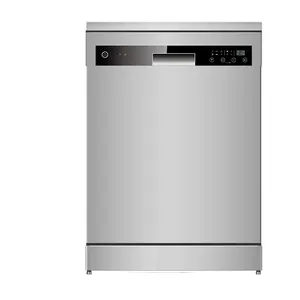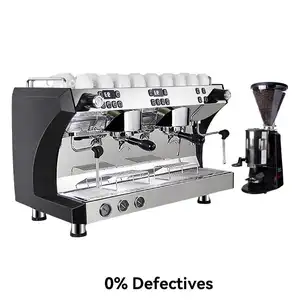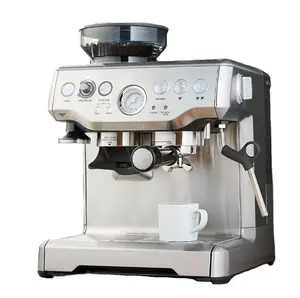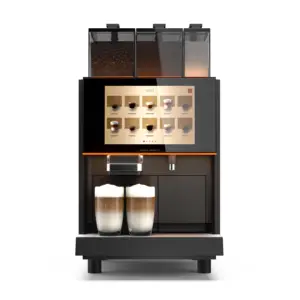Popular in your industry






































































Related Searches:




































 Ready to Ship
Ready to Ship













































































 Ready to Ship
Ready to Ship
















Top categories
About portable air conditioner hose
Introduction
Portable air conditioners offer a flexible and convenient cooling solution for specific areas in your home. Their efficiency largely hinges on the type, installation, and maintenance of their hoses. This guide delves into the various types of portable air conditioner hoses, their materials, and durability. It also provides insights into maximizing their efficiency, proper installation, regular maintenance, and troubleshooting common issues. By the end of this guide, you'll have a thorough understanding of how to optimize your portable air conditioner's performance and lifespan.
Understanding Portable Air Conditioner Hoses
Portable air conditioners function by drawing hot air from a space and expelling it outside the home. A crucial component of a portable air conditioner is its ability to vent hot air from your room outdoors. Your air conditioner will have one or two exhaust hoses for this purpose. A single-hose AC draws air from a room and uses that air to cool down the system. A two-hose AC uses one hose to draw in air from the outside to cool the unit, while the other hose serves as an exhaust to remove the heated indoor air outside.
Types of Portable Air Conditioner Hoses
Portable air conditioner hoses come in various types. For instance, freon hoses typically used in vehicles are made of high-quality rubber compounds with a thin layer of nylon to minimize freon permeation. They come in different sizes, with inner diameters of 8, 10, 13, and 16 mm. There are two versions: a standard version with a thick wall and a LW version with a thinner wall. Larger hoses, with inner diameters of 22, 28, or 35 mm, usually have a steel braid. Special thermoplastic hoses for freon can also be used in industrial cooling installations.
Single Hose vs Dual Hose Systems
Single-hose and dual-hose systems are the two types of portable air conditioner (PAC) hoses. Single-hose PACs are best for smaller rooms, as they work harder and consume more energy in larger spaces. They draw warm air from the room and expel it outside, creating a negative pressure that draws in outside air. Dual-hose PACs, on the other hand, are more efficient for larger spaces. They have an intake hose that draws in outside air to cool the compressor and condenser units, and an exhaust hose that discards the warmed air outside. However, they are usually more expensive and less portable due to the extra hose.
Materials and Durability
Portable air conditioner hoses are typically made from PVC or coated-fabric, known for their flexibility and durability. PVC, a thermoplastic, is cost-efficient, lightweight, and resistant to chemicals, moisture, and UV-radiation, making it ideal for portable-AC exhaust. Coated-fabric hoses, often dipped in PVC or neoprene, are also durable and flexible. Neoprene, a type of rubber, can handle higher temperatures than PVC. Polypropylene, a cheaper plastic, is less suitable due to its susceptibility to UV-radiation, oxidation, and high flammability.
Maximizing Efficiency of Portable Air Conditioner Hoses
A portable air conditioner hose plays a pivotal role in cooling your room by extracting the heat and expelling it outside. If your portable AC develops a leak, the hot air will return to your room, reducing the efficiency of your AC. Therefore, insulating your air conditioner hose is essential to prevent heat leakage. Moreover, proper placement of your portable AC also contributes to its efficiency. Avoid placing it behind furniture or in direct sunlight. Instead, place it in a free space where you want to cool down. Lastly, turning on your AC before you need to use it allows it to cool down the entire place gradually, enhancing its performance.
Proper Installation and Placement
Proper installation and placement of your portable air conditioner hose are crucial for optimal performance. Choose a location near a window and outlet for adequate airflow and easy access to the water reservoir. Ensure the adapter kit creates a good seal in the window. Install the adapter kit and connect the ventilation hose to it and the air conditioner. If your unit comes with a drainage hose, attach it securely. Finally, plug your portable AC into the outlet. Remember, the closer the unit is to the window, the more efficiently it will run.
Regular Maintenance and Cleaning
Maintaining your portable air conditioner hose is crucial for its efficiency. To clean, first drain the water from the unit. Then, clean and replace the air filters, ensuring they're free from debris. Check the coils for dirt and gently clean them. Regularly wipe down the exterior of the unit to prevent blockages. When storing, drain the tank, clean the filter, and run the unit in fan mode to eliminate excess moisture. Proper maintenance extends the life of your portable AC unit and ensures optimal performance.
Optimal Use and Energy Saving Tips
To optimize the use of your portable air conditioner and save energy, it's crucial to use an insulated hose. An insulated portable-AC-hose significantly increases the efficiency of your unit, saving you costs in wasted energy. It keeps hot or cold exhaust from affecting the room temperature, thereby enhancing the performance of your AC. Moreover, a high-quality, insulated hose for portable-air-conditioner applications offers benefits beyond just heightened energy-efficiency. It can better mold to the design of your room, flexing to adhere to your walls or hide behind your room’s furnishings. Plus, a longer replacement hose increases the maximum distance your portable AC can be from your room’s window.
Troubleshooting Common Issues
If your portable AC doesn't cool the room as much anymore, it's likely due to faulty ductwork. A kinked, torn, or scratched hose can leak hot air, reducing the efficiency of your AC. The original ducts, typically made of polypropylene, are vulnerable to damage and wear. Therefore, a portable-AC-hose replacement is often recommended. Similarly, if your AC doesn't feel as cold as it used to, poor ductwork could be the culprit. Damaged ductwork slows down the cooling process, leading to higher energy consumption. A replacement hose, especially one that's well-insulated, can solve these issues.
Leakage and Blockage
Leakage in portable air conditioners often occurs due to issues with the drain hose. The most common cause is a clogged drain hose, which prevents water from draining out, leading to accumulation and leakage. Sludge or slime build-up in the hose is a frequent source of clogs. Regular maintenance, such as monthly cleaning with bleach, can prevent this. Another issue could be a leak at the point where the hose connects to the drain spout, often due to a deformed or cracked hose. Ensuring a secure and proper connection can prevent this problem.
Overheating and Inefficiency
Overheating in portable air conditioners can often be traced back to an overheated compressor. This can occur if the unit is unable to exhaust the heat generated by the compressor, causing it to build up inside the unit and forcing the compressor to shut down. Simple fixes include straightening the hose, cleaning and removing any blockages, and positioning the air conditioner further from the window. If these steps don't work, it may be necessary to call a professional, as the issue could be a malfunctioning fan motor, a low refrigerant charge or leak, or a blown compressor.
Conclusion
In conclusion, the efficiency of a portable air conditioner is significantly influenced by the type and condition of its hoses. Understanding the difference between single and dual hose systems, the materials used, and the importance of proper installation and maintenance can greatly enhance the performance of your unit. Regular cleaning and maintenance, proper placement, and the use of insulated hoses can all contribute to energy savings and improved cooling efficiency. Troubleshooting common issues such as leakage, blockage, and overheating can also ensure the longevity of your unit. Armed with this knowledge, you can now make the most out of your portable air conditioner and enjoy a cooler, more comfortable space.
